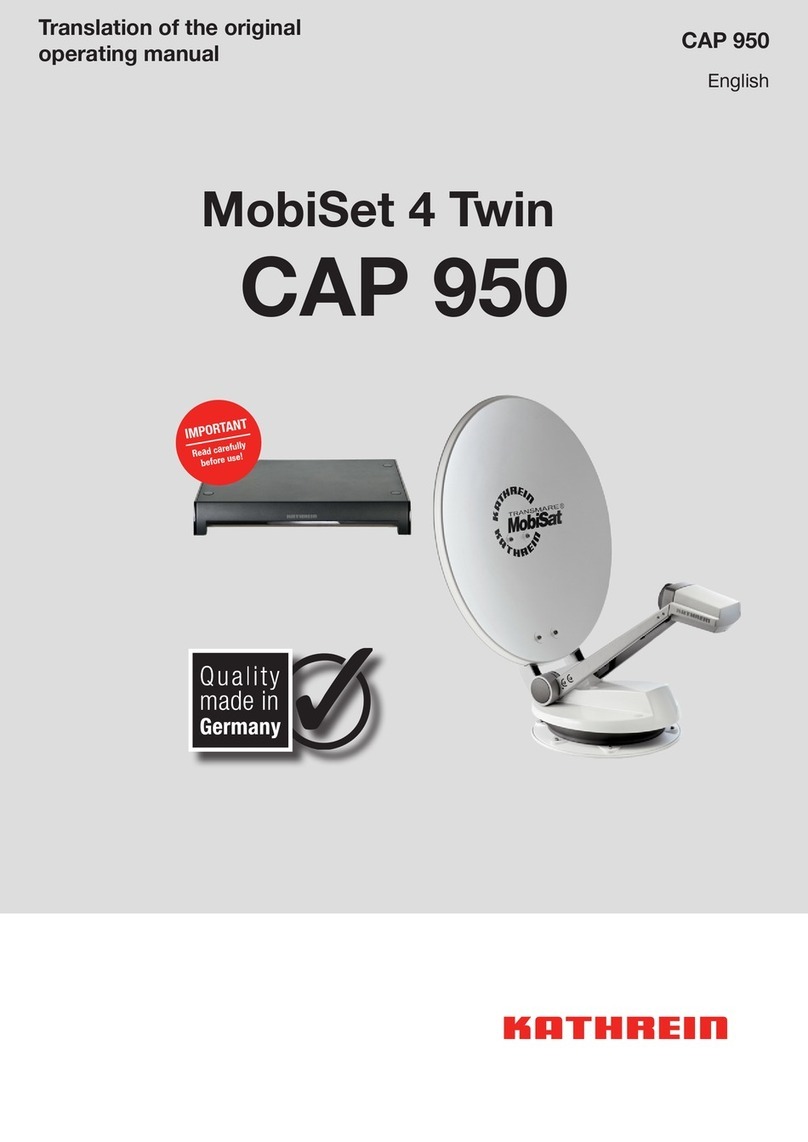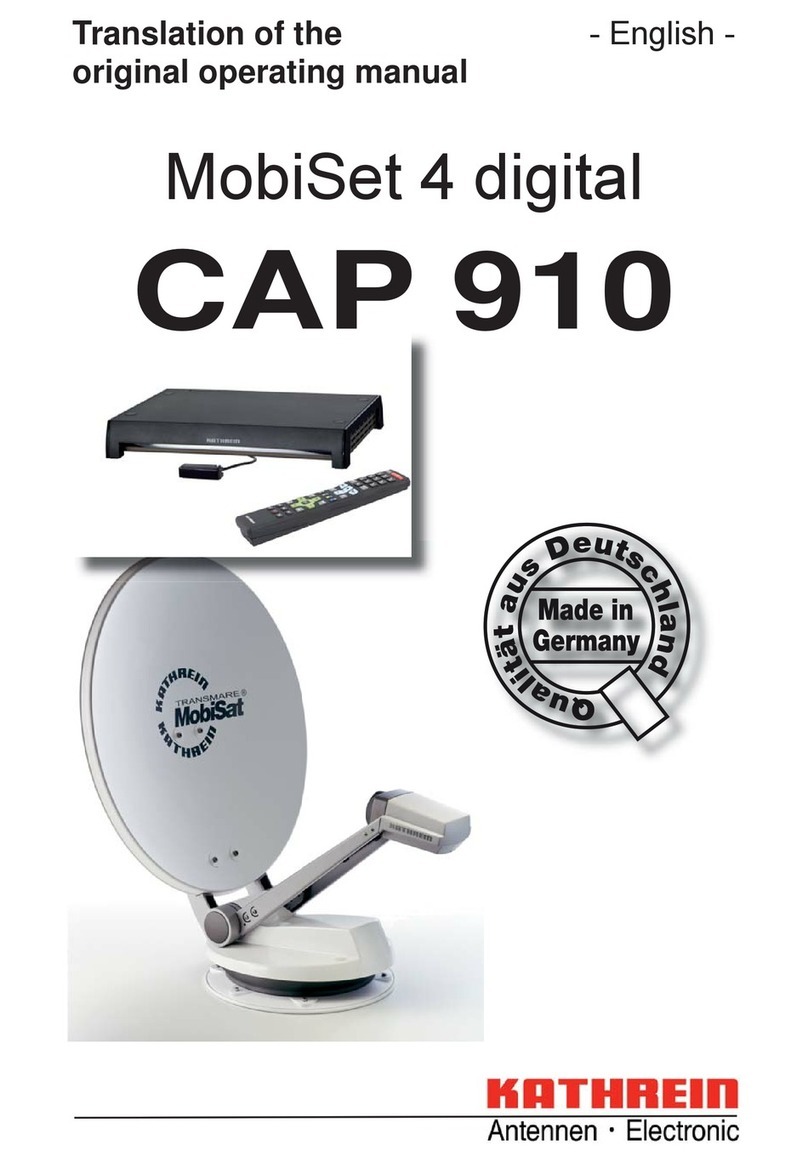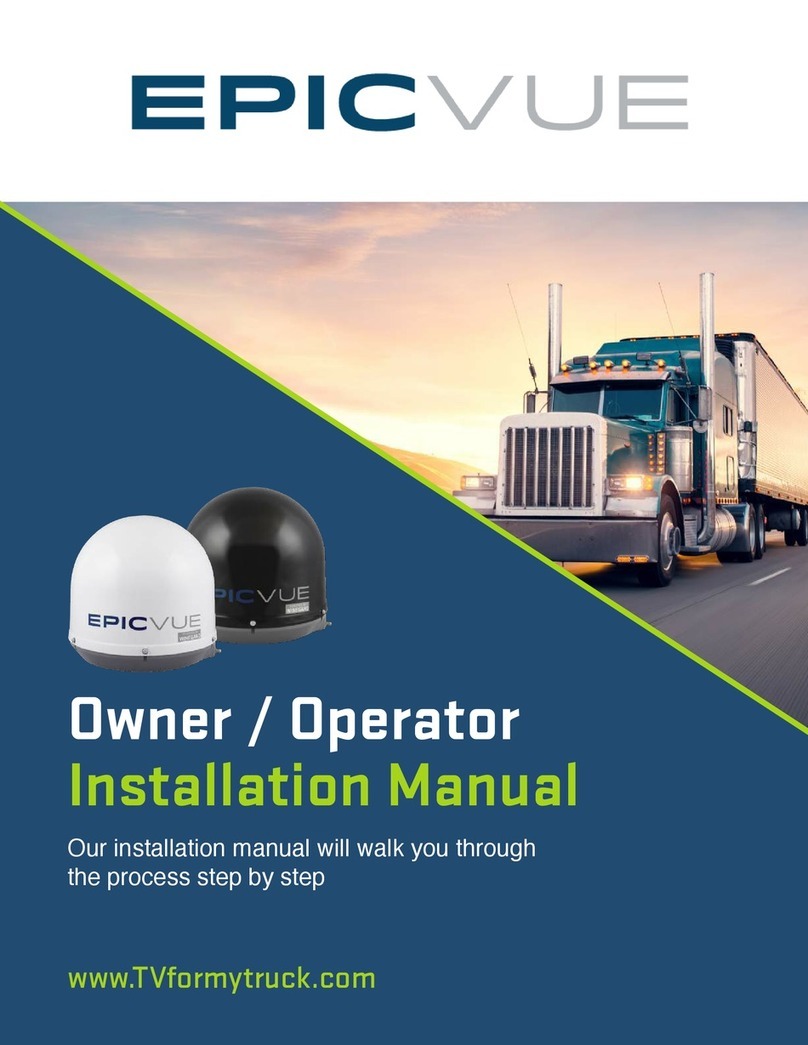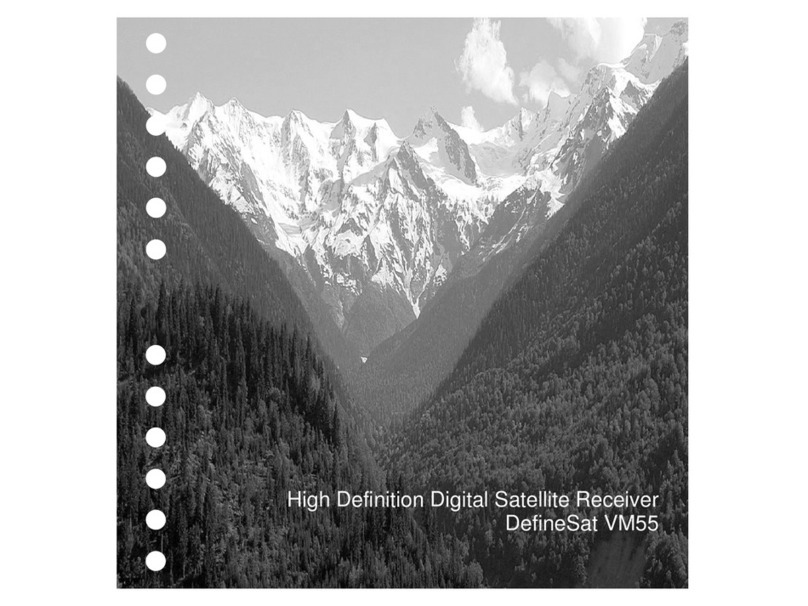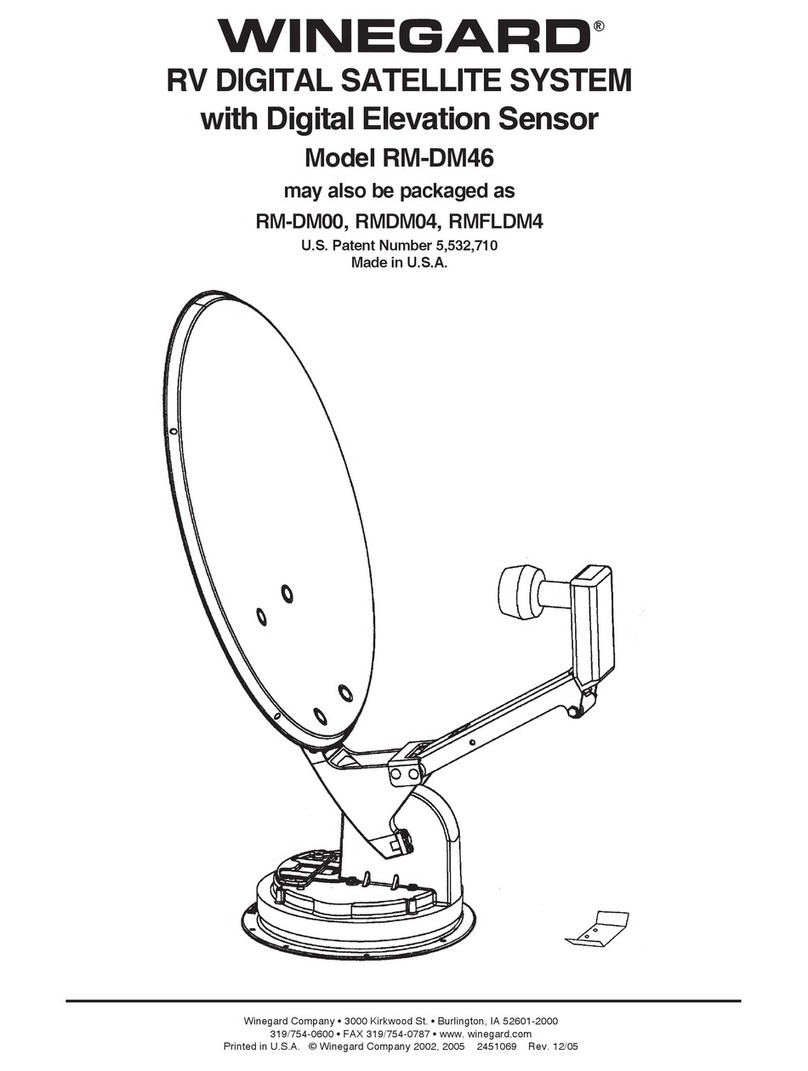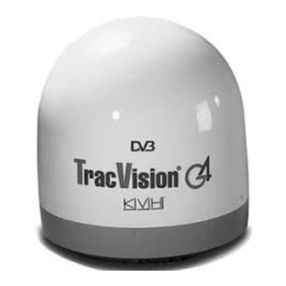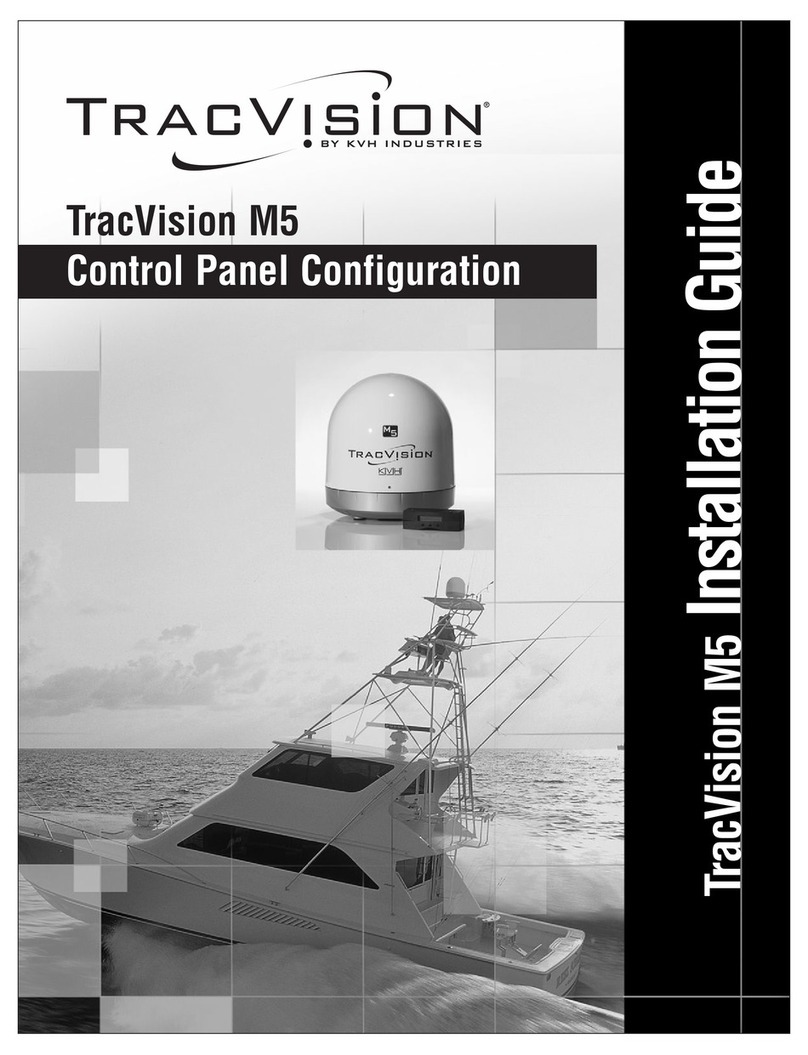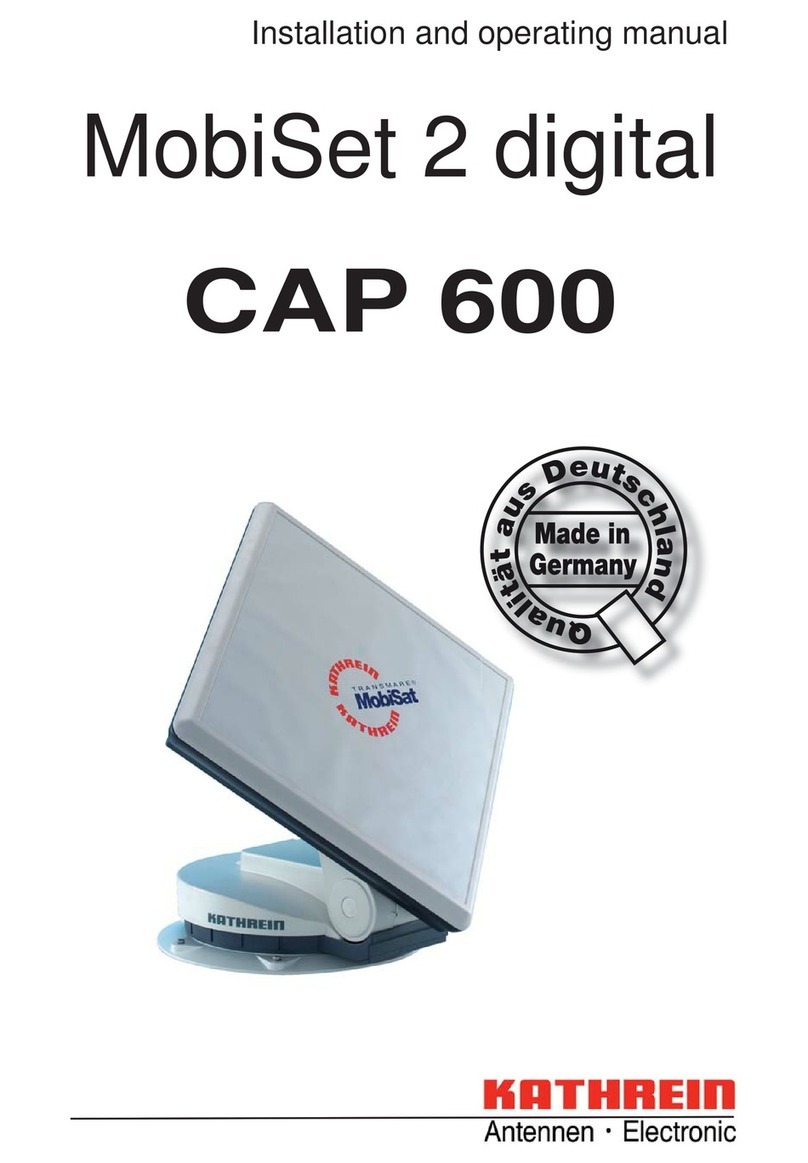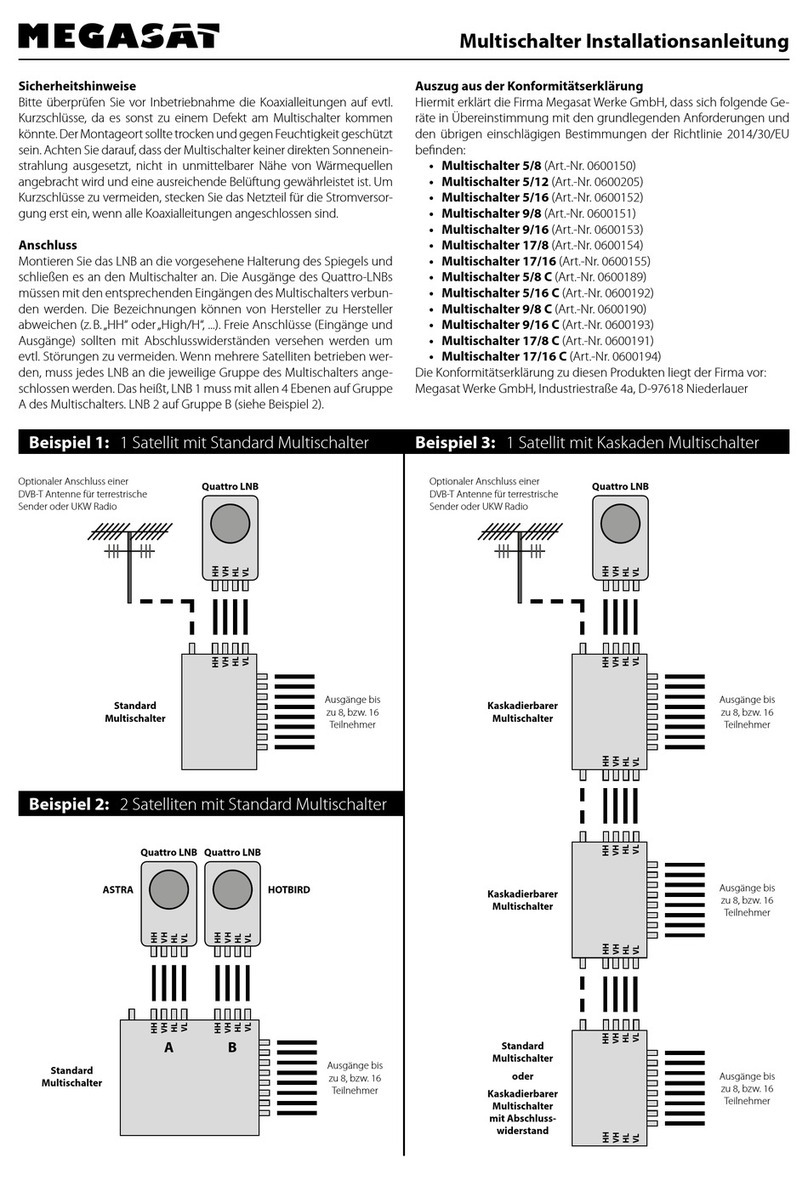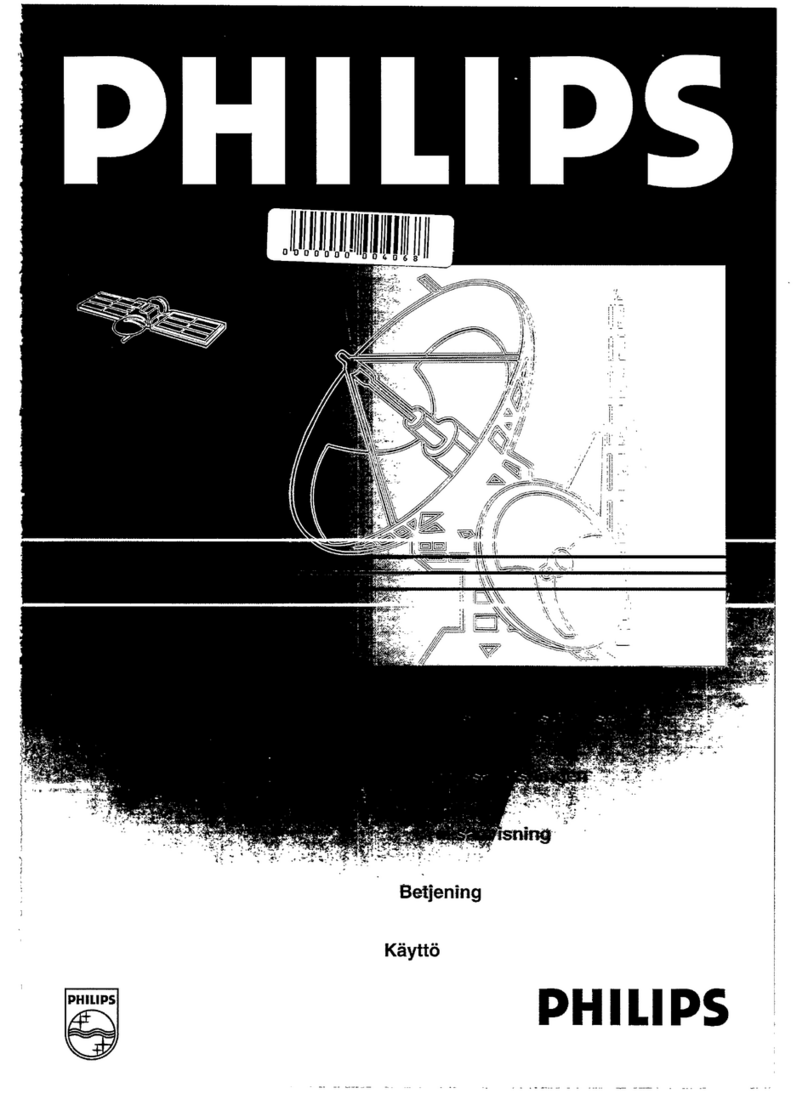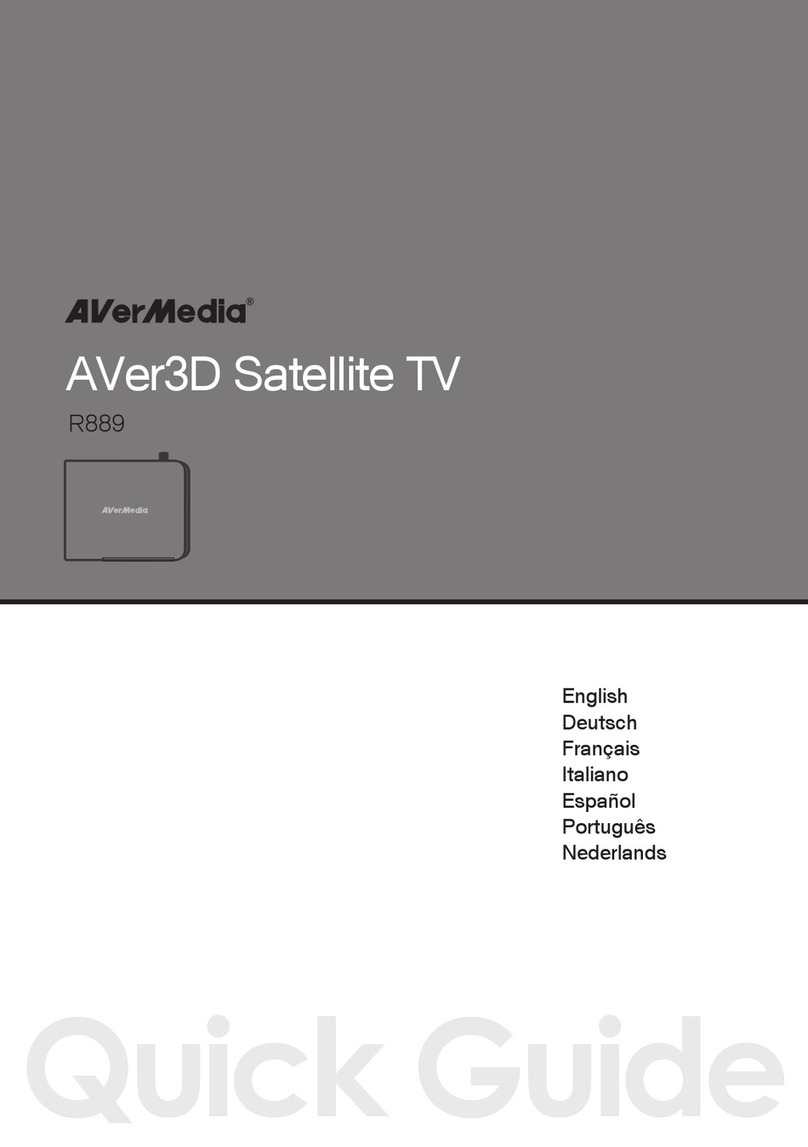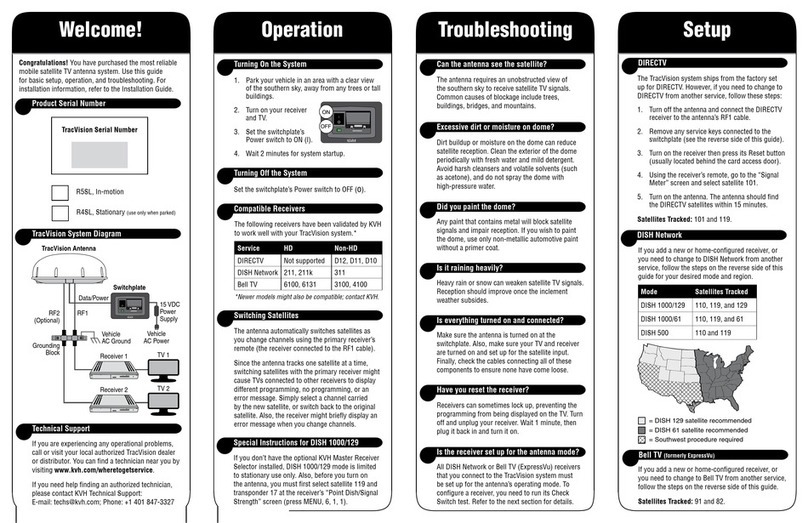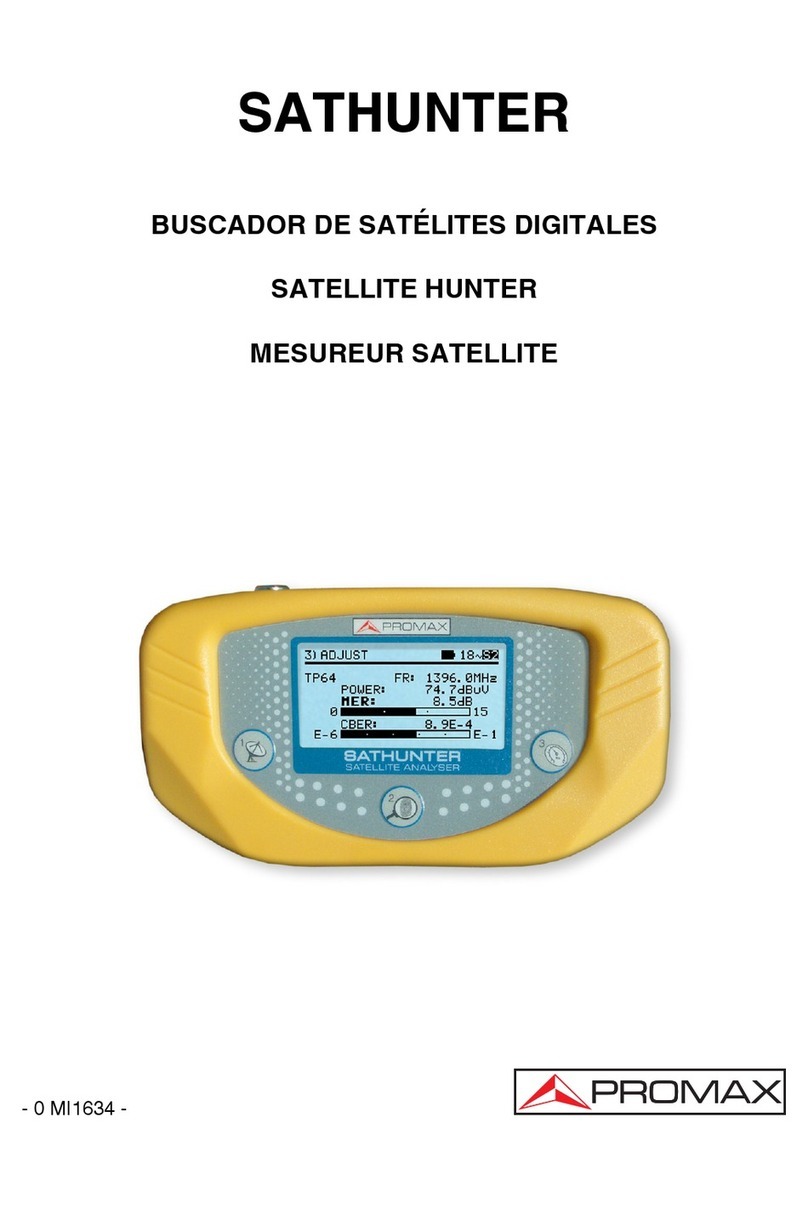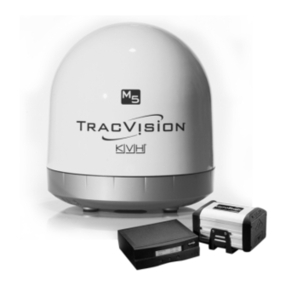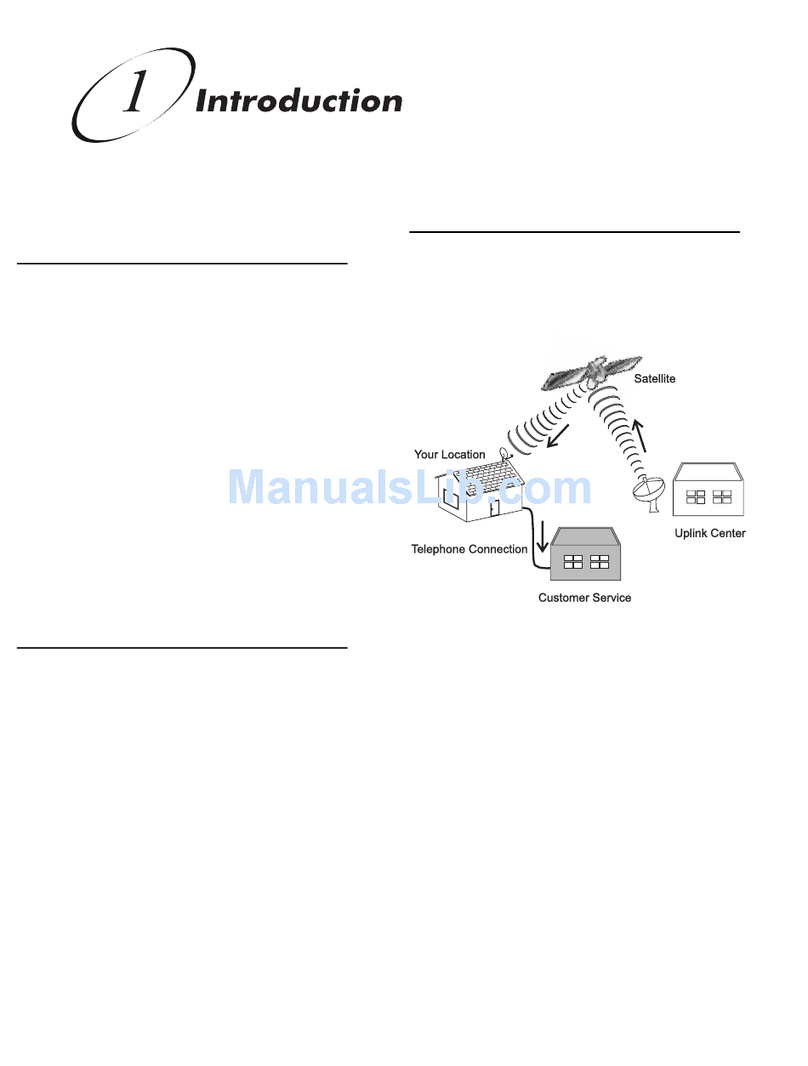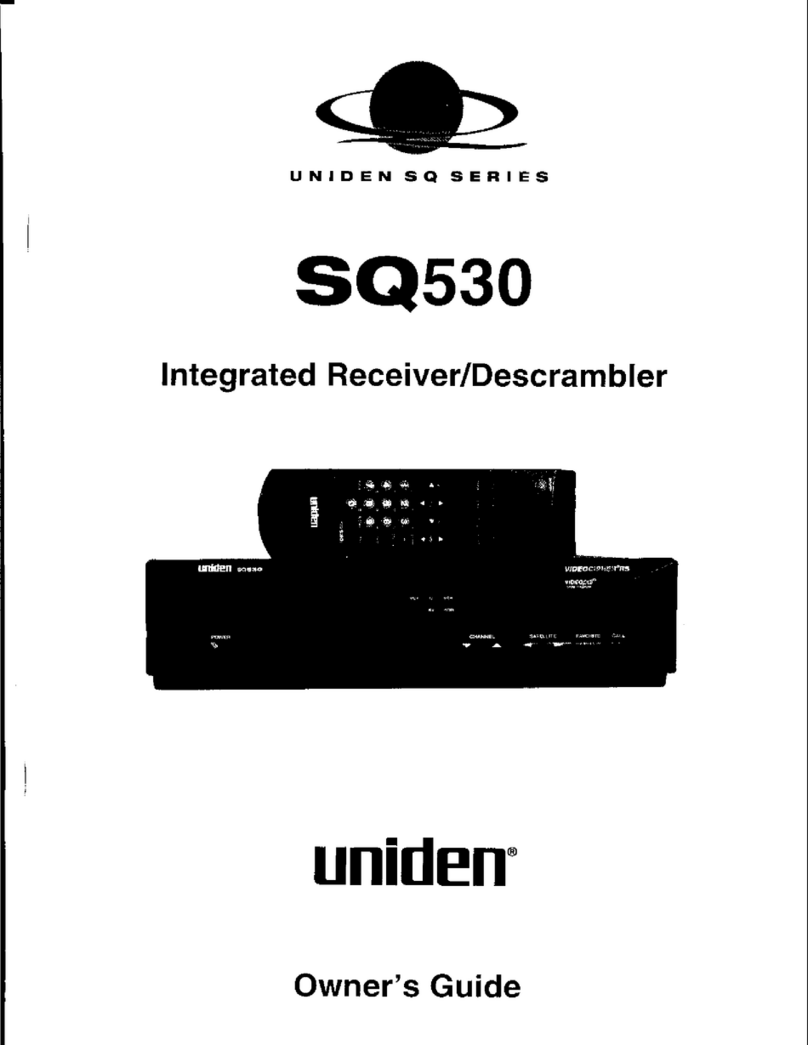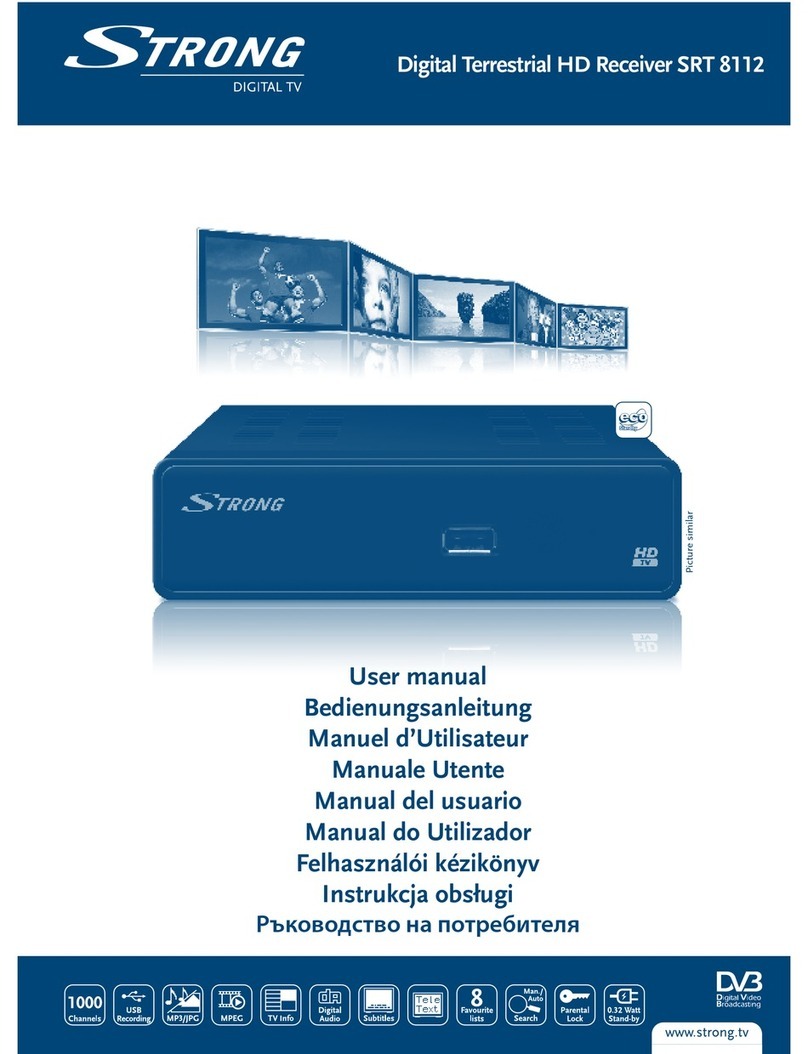2
CONTENTS
CONTENTS............................................................................................................................... 2
FOREIGN LANGUAGE INSTALLATION MANUAL / DISPOSAL.................................................... 3
MOBISET 4 CAP 900 COMPONENTS / SCOPE OF DELIVERY .................................................... 4
PROPER USE ........................................................................................................................... 5
SAFETY INSTRUCTIONS - IMPORTANT NOTES......................................................................... 6
INSTALLATION AND CONNECTION........................................................................................... 9
INSTALLATION OF CABLE GLAND AND MOUNTING PLATE........................................................... 11
INSTALLATION OF TURNTABLE.............................................................................................. 13
INSTALLATION OF THE UFS 740SW RECEIVER ........................................................................ 16
LAYING CABLESAND CONNECTING THE TURNTABLE............................................................... 18
CONNECTING TO THE UFS 740SW......................................................................................... 18
FUNCTIONAL INSTRUCTIONS FOR CONNECTION TO THE ON-BOARD POWER SUPPLY.................. 19
CONNECTION EXAMPLE FOR 12 V BATTERY CONNECTION................................................. 20
RECEPTION RANGE / FOOTPRINT.......................................................................................... 21
DISMANTLING FOR SERVICING.............................................................................................. 22
DISMANTLING ...................................................................................................................... 22
ADDRESS OF THE SERVICE CENTRE................................................................................... 22
MANUAL LOWERING TO PARK POSITION .............................................................................. 23
SAFETY INSTRUCTIONS....................................................................................................... 23
MANUAL LOWERING............................................................................................................. 24
TECHNICAL DATA .................................................................................................................. 25
SIKAFLEX®291 DATA SHEET................................................................................................. 26
SIKAFLEX®291 TECHNICAL DATASHEET............................................................................... 27
CAP 900 OPERATING MANUAL............................................................................................... 28
IMPORTANT INFORMATION FOR CAP 900 BEFORE SETUP.................................................... 29
REMOTE CONTROL.............................................................................................................. 29
FIRST INSTALLATION............................................................................................................. 30
ALIGNMENT (SATELLITE SEARCH) ........................................................................................ 33
MANUAL CORRECTION ........................................................................................................ 34
CHANNEL (SATELLITE) SELECTION....................................................................................... 35
CHANNEL SELECTION FROM THE CHANNEL LIST................................................................ 35
CHANGE OF LOCATION / TIMER PROGRAMMING .................................................................. 36
TIMER PROGRAMMING ........................................................................................................ 36
RESET/PARKING.................................................................................................................... 37
RESETTING THE MOTORISED ANTENNA.............................................................................. 37
PARKING THE TURNTABLE................................................................................................... 38
SPECIAL MESSAGES FROM THE TURNTABLE....................................................................... 39
SYSTEM PROTECTION MESSAGES...................................................................................... 39
MESSAGES ARISING FROM SOFTWARE PROBLEMS............................................................ 41
FURTHER MESSAGES.......................................................................................................... 42
DECLARATION OF CONFORMITY........................................................................................... 43



